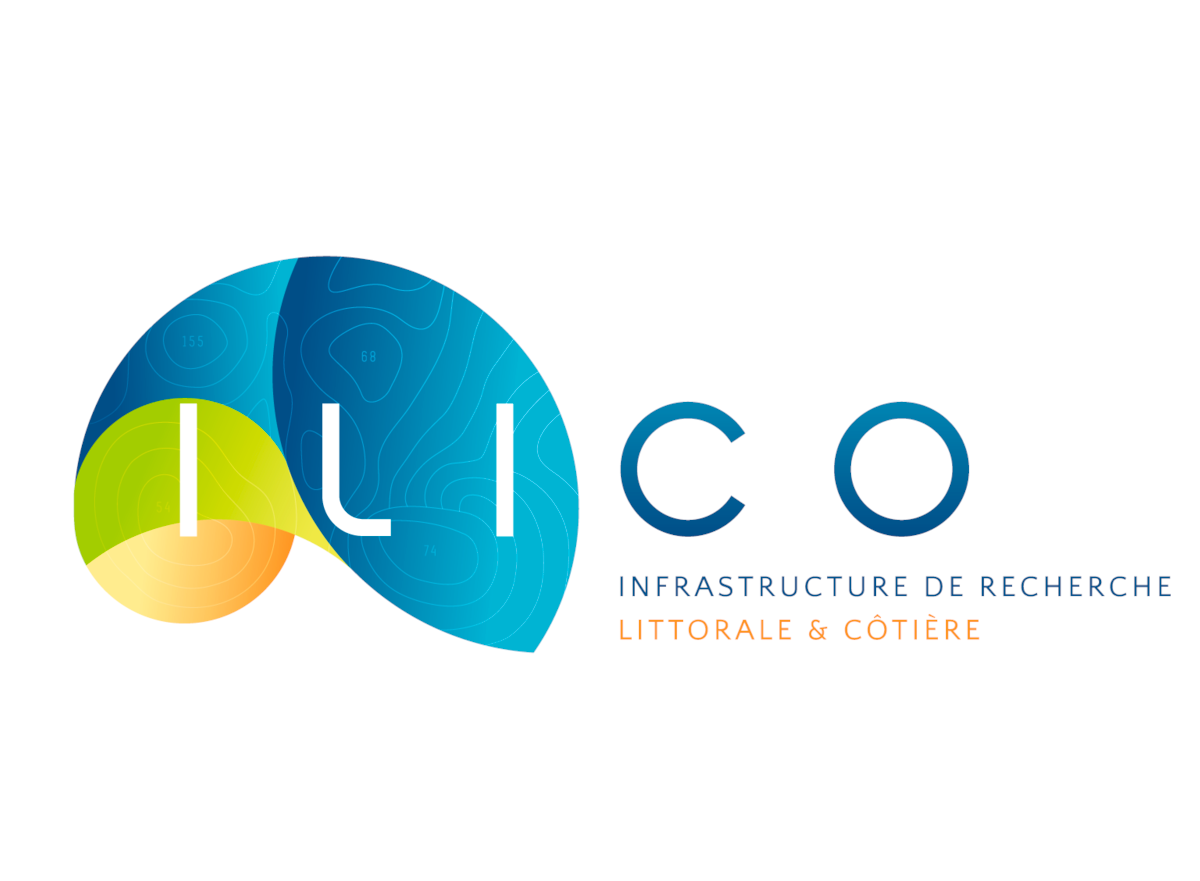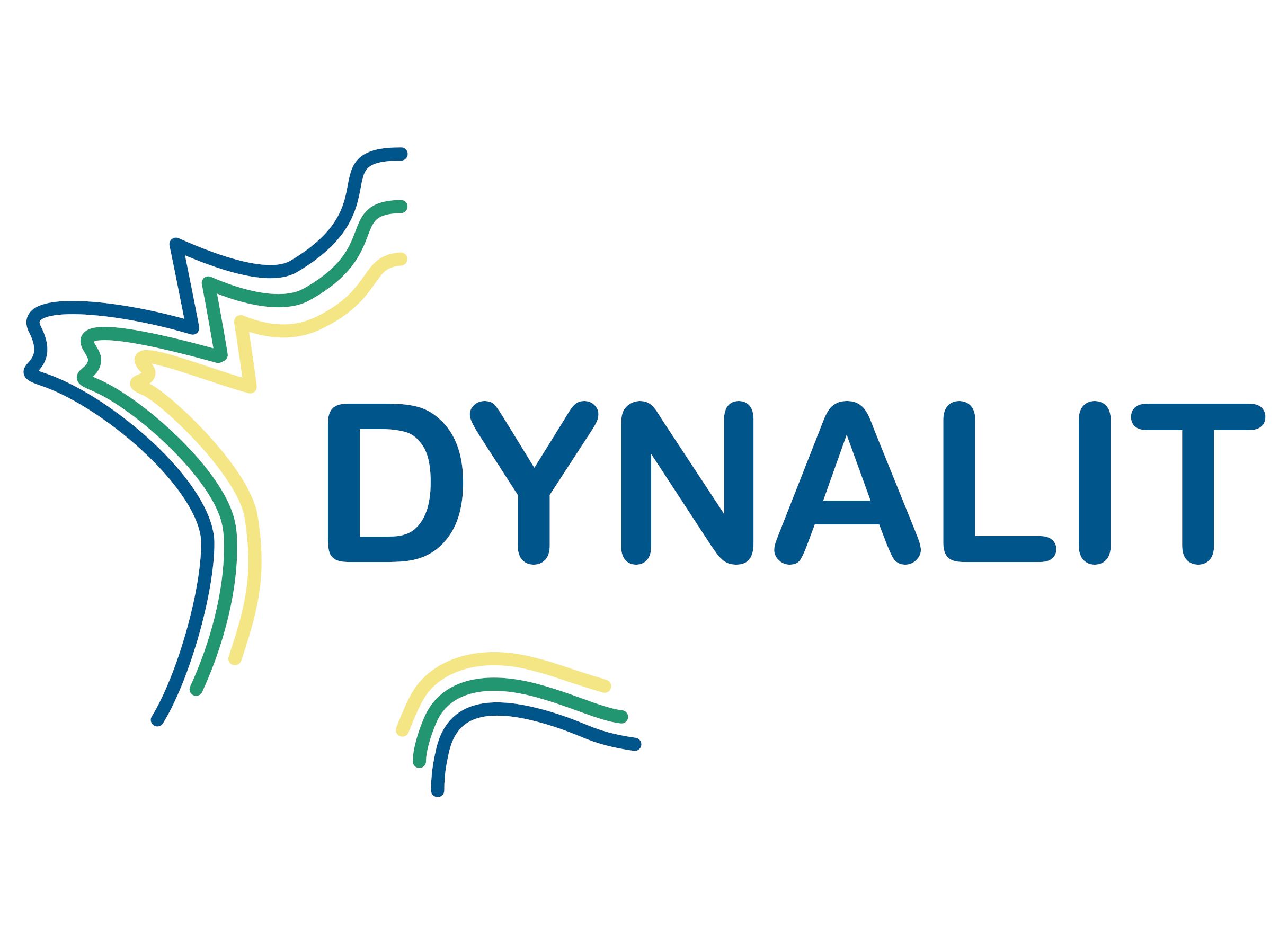pH
Type of resources
Available actions
Topics
INSPIRE themes
Keywords
Contact for the resource
Provided by
Years
Formats
Representation types
Update frequencies
Scale
-

Data obtained from the INRA CARRTEL laboratory in Thonon-les-Bains (SOERE-OLA: Observatory and Experimentation Systems for Environmental Research - LAkes Observatory) in collaboration with CISALB (Inter-Syndical Committee for Sanitation Lake Bourget). These data cover different topics: The variables of the physico-chemistry theme are: nitrogen, calcium, carbon, chlorides, conductivity, magnesium, dissolved oxygen, pH, phosphorus, potassium, reactive silica, sodium, sulphate, temperature, complete alkalimetric titre. Data taken at various depths throughout the lake's water column. The water column is made at the deepest point of the lake (140 m). The samples are taken every 15 days. The period concerns a follow-up from 1999 to the present. The variables of the chlorophyll theme are: chlorophyll a strickland-parsons, chlorophyll c, carotenoids, chlorophyll a scor-unesco, pheopigments. Data taken at various depths throughout the lake's water column. The samples are taken one to three times a month. The period concerns a follow-up from 2006 to the present. The variables of the topic sampling conditions are: air temperature, cloudiness, sunshine, weather, wind direction, wind speed, atmospheric pressure, water aspect, surface condition, transparency, color of water. Studies are carried out approximately once or twice a month. The period concerns a follow-up from 2010 to the present. The variables of the phytoplankton theme are: determiner name, sedimented volume, counting surface, determined taxon, number of counted fields, number of objects counted, number of objects per ml, number of cells per ml, biovolume of species In the sample. Data taken from an integrated depth of 0 to 10m or 0 to 20m depending on the year. Samples are taken once a month. The period concerns a follow-up from 1995 to the present. The variables of the primary production theme are: duration of incubation, primary production by actual incubation duration, primary production per hour, primary production by median third. Data taken at various depths on the lake's water column from 0 to 30m. The samples are taken once or twice a month. The period concerns a follow-up from 2011 to the present. The variables of the probe theme are: depth, temperature, chlorophyll a, pH conductivity, oxygen, oxygen saturation rate, turbidity, transparency, by w, by a, pah, pc. Data obtained at various depths (every 10 cm approximately) over the whole water column of the lake (0 to 140m). Measurements are performed once or twice a month. The period concerns a follow-up from 2003 to the present. The variables of the zooplankton theme are: name of the determiner, sedimented biovolume, name of the taxon determined, stage of development, number of individuals. Data taken from an integrated depth of 0 to 50m. The samples are taken one to three times a month. The period concerns a follow-up from 1996 to the present (absence of data between 1997 and 2003 inclusive).
-

Data from the INRA CARRTEL laboratory in Thonon-les-Bains (SOERE-OLA: Observation and Experimental Systems for Environmental Research - LAkes Observatory) in collaboration with ASTERS (Conservatory of natural areas, preservation of the natural heritage of Haute-Savoie, nature reserves, fauna and flora species). The sentinel lakes are the lakes of: Anterne, Brévent, Bressse inf, Bresse sup, Horn, Cornu, Cos, Jovet, Lauzanier, Malrif, Muzelle, Pave, Pétarel, Pisses, Plan-Vanniey, Porménaz, Rabuons. These data cover different topics: The variables of the physico-chemistry theme are: nitrogen, calcium, carbon, chlorides, conductivity, magnesium, dissolved oxygen, pH, phosphorus, potassium, reactive silica, sodium, sulphate, temperature, complete alkalimetric titre. Data taken at various depths over the whole water column of the lakes concerned (Anterne, Brévent, Cornu, Jovet, Porménaz). The water column is made at the deepest point of each lake. The samples are taken every 15 days. The period concerns a follow-up from 1992 to the present. The variables of the sampling conditions theme (obtained on all the sentinel lakes) are: air temperature, cloudiness, sunshine, weather, wind direction, wind speed, atmospheric pressure, water aspect, Surface, transparency, color of water. Studies are carried out approximately once or twice a month. The period concerns a follow-up since 2013 (or 2014 according to the lakes) until today. The variables of the phytoplankton theme are: determiner name, sedimented volume, counting surface, determined taxon, number of counted fields, number of objects counted, number of objects per ml, number of cells per ml, biovolume of species In the sample. Data taken from an integrated depth of 0 to 5m, 0 to 17m or 0 to 25m depending on the lakes (Anterne, Brévent, Corne, Cornu, Cos, Jovet, Porménaz, Rabuons). Samples are taken once a month. The period concerns a follow-up since 1998 (or 2015 according to the lakes) until today. The variables of the zooplankton theme are: name of the determiner, sedimented biovolume, name of the taxon determined, stage of development, number of individuals. Data taken from an integrated depth of 0 to 24 m for Lake Corne, 0 to 37 m for Cos Lake and 0 to 44 m for Lake Rabuons. The samples are taken one to three times a month. The period concerns a follow-up from 2015 to the present.
-

Créée en 2016, l'infrastructure de recherche littorale et côtière (ILICO) vise à observer et comprendre les milieux et les écosystèmes côtiers et marins dans leur globalité. Ainsi, ILICO regroupe un ensemble de dispositifs d'observation permettant de collecter des échantillons et de déployer différents instruments de mesure en fédérant 9 services d'observation, dit "réseaux élémentaires" que sont : BenthOBS, COAST HF, CORAIL, DYNALIT, MOOSE, PHYTOBS, ReefTemps, SOMLIT et SONEL. La réalisation de suivis à long terme permet également de faciliter la compréhension et l'anticipation de certains processus et phénomènes à grandes échelles qui peuvent impacter les zones côtières et littorales (quantification de l’impact de certains événements extrêmes ou intermittents tels que les tsunamis ou les cyclones).
-

En réponse à la sensibilité des littoraux face aux aléas naturels et anthropiques, le SNO DYNALIT, labellisé par le CNRS INSU en 2014, permet, au travers de ces observations, de quantifier les évolutions du littoral en France métropolitaine et ultra-marine, et de comprendre les processus qui sont à l'origine des changements morphodynamiques littoraux. Il est dédié à la métrologie récurrente et de long terme visant à caractériser le fonctionnement du littoral et gère ainsi l’acquisition, la collecte et la mise en cohérence de données métrologiques de qualité de 35 sites ateliers (côtes sableuses, falaises, embouchures) répartis sur toutes les façades maritimes françaises.
 Metadata catalogue
Metadata catalogue